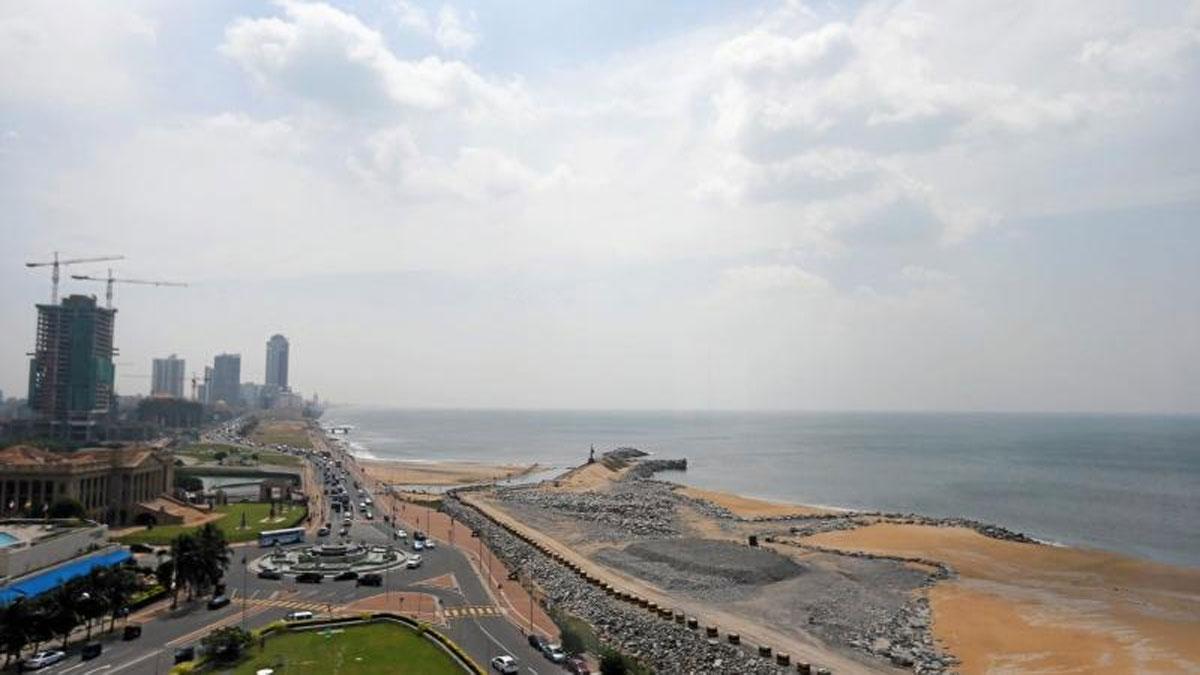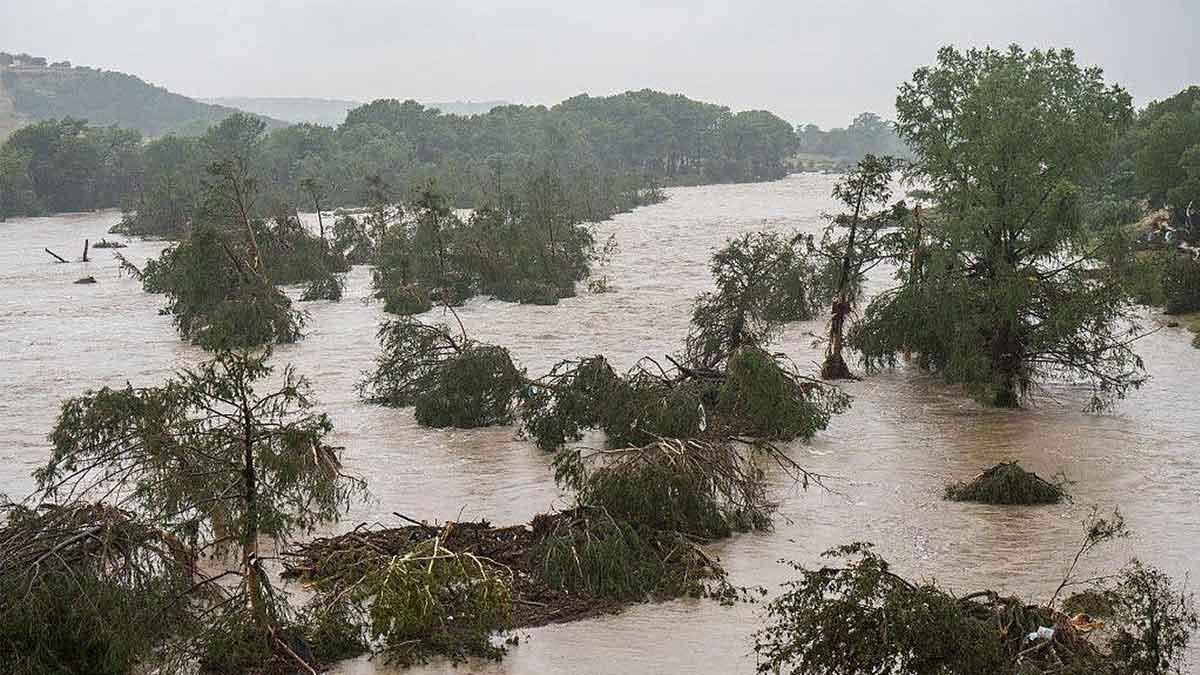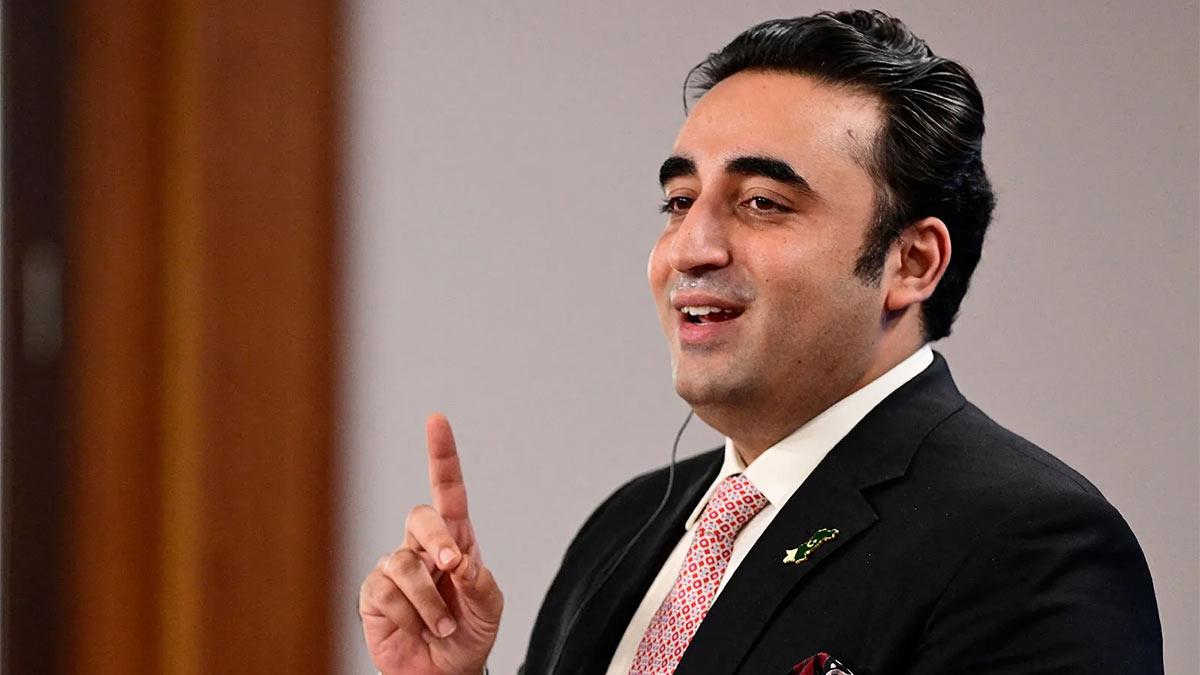A significant development unfolded as an Indian company, in collaboration with a Russian counterpart, assumed management responsibilities for Sri Lanka's second-largest airport, located in Hambantota, a focal point of China's controversial Belt and Road Initiative (BRI) within the nation. This move underscores a notable shift in power dynamics from Beijing to New Delhi within Colombo.
The Sri Lankan Cabinet of Ministers recently granted approval for Shaurya Aeronautics (Pvt.) Ltd from India and Airports of Regions Management Company from Russia to oversee the operations of the Mattala Rajapaksa International Airport (MRIA) for a duration spanning three decades.
"The Cabinet of Ministers has consented to the proposal presented by the Minister of Ports, Shipping, and Aviation to entrust the management of the Mattala Rajapaksa International Airport to M/s Shaurya Aeronautics (Pvt.) Ltd of India and Airports of Regions Management Company of Russia for 30 years," announced the Department of Government Information.
Cabinet Co-Spokesman and Minister Bandula Gunawardena disclosed, "Out of the five proposals received, two companies were selected," unveiling the decision to hand over the reins of the airport, famously recognized as one of the world's "emptiest" air hubs.
Initially constructed with a hefty investment of $209 million through a Chinese commercial loan, predominantly sourced from the Exim Bank of China, the airport has encountered a plethora of challenges since its inauguration in 2013, with limited flight operations due to its remote location, approximately 230 km away from the capital, Colombo.
Struggling with escalating losses, Sri Lanka has been actively seeking commercial partners to alleviate the operational burdens of the airport since 2016.
According to the National Audit Office (NAO), the MRIA has incurred losses exceeding Rs 42.81 billion between 2017 and 2022. This decision to transfer management rights coincides with Sri Lanka's ongoing negotiations with China's EXIM Bank to restructure the airport loan, a component of the $4.2 billion borrowed for diverse infrastructure ventures.
Presently, the airport primarily serves chartered tourist flights from Russia and select Central Asian countries, situated in close proximity to the China-run harbor in Hambantota, a significant node of China's ambitious Belt and Road Initiative (BRI), akin to Gwadar in Pakistan and Djibouti in East Africa.
Strained by the challenge of repaying a substantial Chinese loan totaling approximately $1.263 billion, Sri Lanka resorted to leasing the port for a duration of 99 years to China Merchants Port Holdings, a maneuver emblematic of 'debt trap diplomacy,' a strategy focused on ensnaring nations through loans and subsequently acquiring strategic assets when they fail to meet repayment obligations.
Following the debt restructuring, China has sought to leverage the port for controversial activities. In April 2021, Sri Lanka instructed a China-bound cargo vessel to vacate the strategic Hambantota port after the discovery of undisclosed radioactive uranium cargo.
In August 2022, both India and the US voiced vehement opposition to the arrival of the contentious Chinese naval vessel 'Yuan Wang 5' at the Hambantota Port.
In the face of persistent protests against China's efforts to deploy research vessels in Sri Lankan waters, the Ranil Wickremesinghe administration imposed a temporary ban on such vessels, citing "security threats" to the Indian Ocean region.
Beset by a series of economic setbacks, including the Easter Sunday attacks, the Covid-19 pandemic, and global financial turmoil, Sri Lanka defaulted on its sovereign debt in May 2022, becoming the first Asian lower-middle-income nation to do so in two decades.
With a debt default exceeding USD 51 billion in foreign loans, of which 52 percent is owed to China, its largest creditor, Sri Lanka found itself in dire financial straits. In response, India extended a helping hand to its southern neighbor, providing Lines of Credit exceeding USD 4 billion across various sectors, including essential supplies like petroleum, fertilizers, and medicine, as well as investments in railways, infrastructure, defense, and renewable energy.
Furthermore, India spearheaded efforts alongside bilateral creditors such as Japan and the Paris Club to expedite the debt restructuring process, ultimately enabling Sri Lanka to secure a conditional bailout package from the International Monetary Fund (IMF) totaling nearly $3 billion over a three-year period.
Read also | Ukraine Receives Bodies of 140 Fallen Soldiers from Russia


















